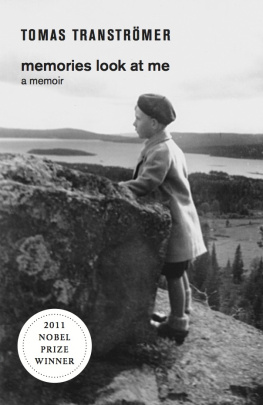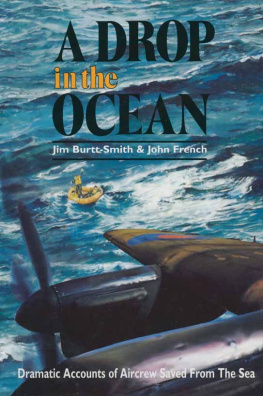Copyright 2008 by John Curl. All rights reserved.
Prologue
Drop City was a legend and, at the same time, a real place.
I lived at Drop City for three years, participating in its precipitous rise and the events that followed. Many years later, I decided that it was time to tell the true story, but what did I really remember of events so long ago, of the world beyond the frames of the old snapshots and fading newspaper articles, beyond the moments of passion? I couldnt decide whether the story could best be told as history or fiction. The truth seemed to keep crossing the line between the two. As they say, fiction writers tell lies in order to tell truths that cant be told any other way. Back in the Sixties, sometimes it felt that the daily events we were living were also happening on another, almost mythical, level. Still, reality is messy and sprawling, while fiction transforms it into neat plots. Drop City involved a lot of people, so there wasnt just one, but many stories. Memories can be deceptive, and we constantly rewrite our life stories. I didnt want to hurt the people I loved and still love, or hurt myself, by writing the truth, but truth is the bottom line, and that is what I had to write, whether I wrote it as a novel or a memoir.
Begun in remote southern Colorado in 1965 by three young artists as a social experiment and art colony, it quickly became the first hippie commune, a crucible of the time, a hotspot of creative ferment and radical ideas, a countercultural crossroads stop for numerous seekers traversing America on their way to some better future. Drop City provided some of the earliest form and image to some of the ideas bubbling out of the ferment of related movements for social change of the Sixties. Drop City won R. Buckminster Fullers Dymaxion Award for 1966. The media portrayed it as a center of the drug culture, but Drop City is where I and a lot of others stopped taking drugs. Because something important happened there, the name Drop City still rings in our deep cultural memory over forty years later.
To understand America today youve got to look back at the Sixties, the watershed of forces that changed the second half of the twentieth century, and to comprehend the Sixties you have to look at the counterculture. I dont mean the rock bands, but the culture of the communes, collectives, and cooperatives, which sprang up in an infinite variety everywhere young people gathered. That was what the term counterculture meant: not a musical style, but the collective culture that groups of young people were creating all over the country. The rock groups of course were an important part of that, but just one niche of something much bigger. Those were years in which millions of young people, and some older people too, really believed in what we called the Revolution. Large numbers of young people were rejecting the status quo of American society and turning to each other; in so doing we were seizing the power to recreate our world. That was the energy at the heart of the counterculture, and of Drop City.
The Sixties were a time the likes of which we havent seen since. If I hadnt lived through it as a young person, I might have difficulty now believing that such a time had ever existed. The America of the 1950s had hit a dead end at full speed, but out of that terrible crash appeared something new and totally unexpected. There was a sudden excitement in the air. Something new seemed suddenly possible, simply because so many young people were banding together it make it happen. At Drop City we took on Dropper names, new identities for the roles that we thought we were playing. It seemed that literally anything was possible, both in our personal lives and in changing the world. We really thought that a great leap in human consciousness was about to reshape the planet. The Revolution was inevitable, and we were being swept along on its cusp. All power to the imagination.
So these are my memories of Drop City.

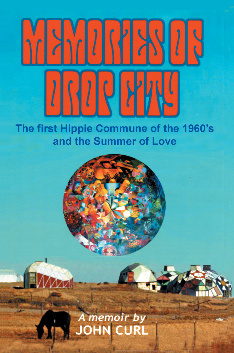


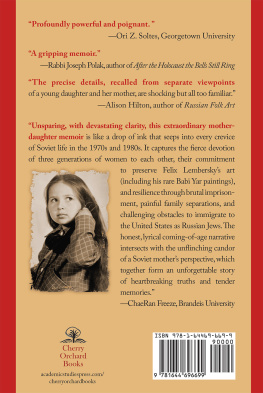

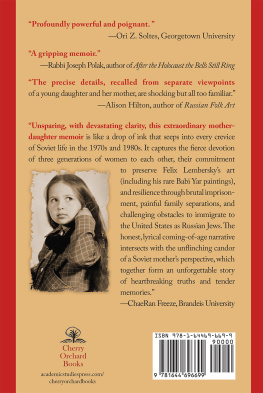
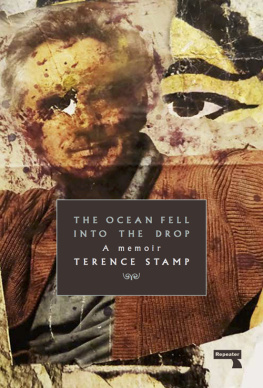
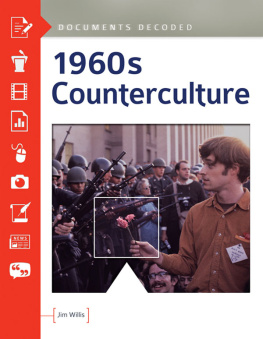
![Monroe - Beach house memories. [Bk. 2]](/uploads/posts/book/221230/thumbs/monroe-beach-house-memories-bk-2.jpg)
